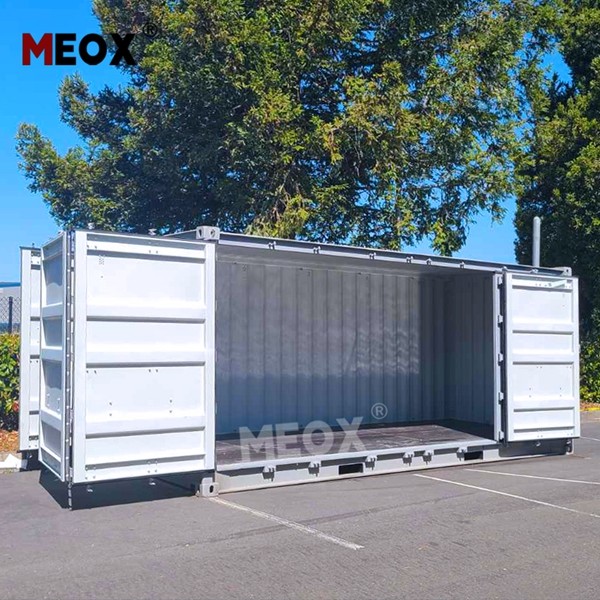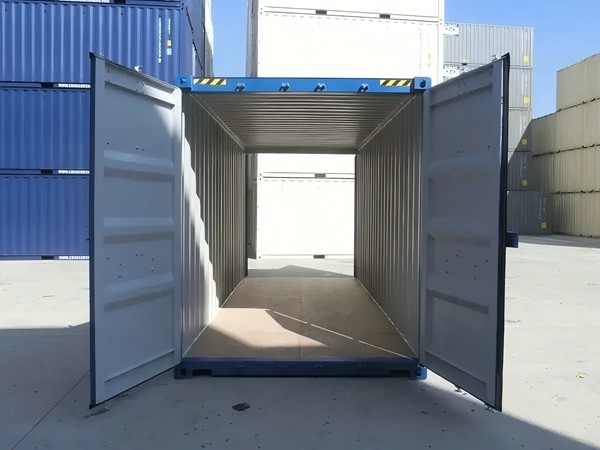Navigating the modern logistics landscape requires mastering the art of selecting the right container for freight needs. Among the multitude of choices, the high cube side door container stands out as a versatile and efficient option. With growing international trade and the increasing complexity of supply chains, understanding the distinct advantages of this container type becomes crucial for shipping professionals, logistics managers, and businesses seeking seamless operational flow.

High cube side door containers, characterized by their additional height and unique side access, offer innovative solutions for a host of shipping challenges. The extra height—often measuring around 9.6 feet—compared to the standard 8.6 feet, provides greater volumetric capacity, allowing shippers to optimize space by stacking more goods or transporting taller consignments. This feature is particularly beneficial for businesses involved in shipping lightweight but voluminous products, such as textiles, electronics, or crafted goods.
The side door design introduces a functional twist, enhancing accessibility. Traditional containers necessitate unloading from a single end, often leading to inefficiencies and prolonged handling times. In contrast, the side door variant enables direct access to goods throughout the container’s length, facilitating faster offloading, particularly when dealing with varied inventory destined for multiple stops. This expanded loading flexibility is crucial in urban environments or when transporting fragile items, as it minimizes handling stress and potential damage.

A deeper dive into the operational benefits highlights that high cube side door containers can significantly improve logistical workflows. For instance, warehouse operations or intermodal transport chains can reduce turnaround times, as forklift operators and warehouse staff enjoy easier access to pack, unpack, or reposition items within these containers. This efficiency translates directly into cost savings, a boon for companies operating on thin margins.
Such design innovations also impact safety and labor dynamics. With easier access, the risk of accidents involving workers climbing into containers or reaching awkward angles decreases. Furthermore, the efficiency and flexibility provided by the side doors can result in less labor required per shipping cycle, translating into substantial savings over time and freeing up human resources for other vital tasks within logistics operations.high cube side door container
For companies that prioritize eco-friendly operations, high cube side door containers offer a favorable solution. By optimizing space and reducing the number of trips needed to transport goods, these containers contribute to a reduction in carbon emissions—a pressing concern in today’s environmentally conscious market. Businesses adopting such green logistics practices often enjoy enhanced brand reputation and fidelity from eco-minded customers.
The versatility of high cube side door containers also translates to myriad industry applications. They are adaptable for everything from retail and e-commerce to agriculture and heavy machinery, underpinning their role as a staple in cross-sector supply chain strategies. Industries dealing with large-scale manufacturing can profoundly benefit from the optimized load accommodations, leading to more efficient production cycles and timely deliveries.
Investing in high cube side door containers necessitates a commitment to long-term operational excellence. Companies aiming to maintain a competitive advantage must recognize the alignment of container capabilities with strategic logistical goals. Collaborating with experienced container suppliers can further aid in selecting configurations that best align with specific business needs and anticipated future growth.
In conclusion, the high cube side door container exemplifies the convergence of innovative design and practical application, making it an indispensable asset in modern logistics. Its enhanced capacity, accessibility features, and adaptability across industries not only streamline operations but also drive strategic advantages for businesses operating in the global marketplace. A focused approach to incorporating these sophisticated containers into logistics frameworks ensures adaptability to rapid market changes and responsiveness to evolving customer demands, setting a robust foundation for future growth and sustainability.






